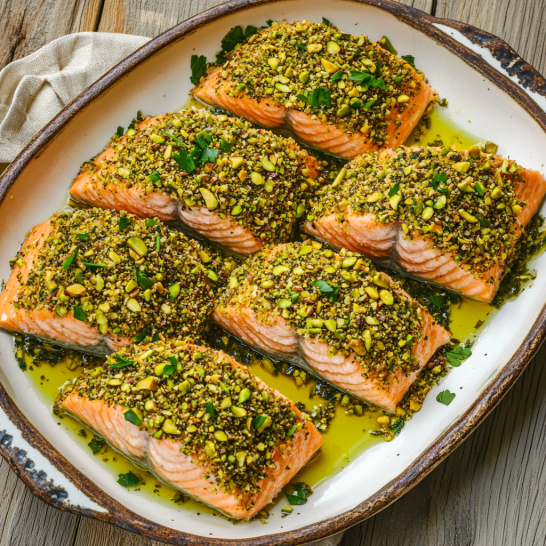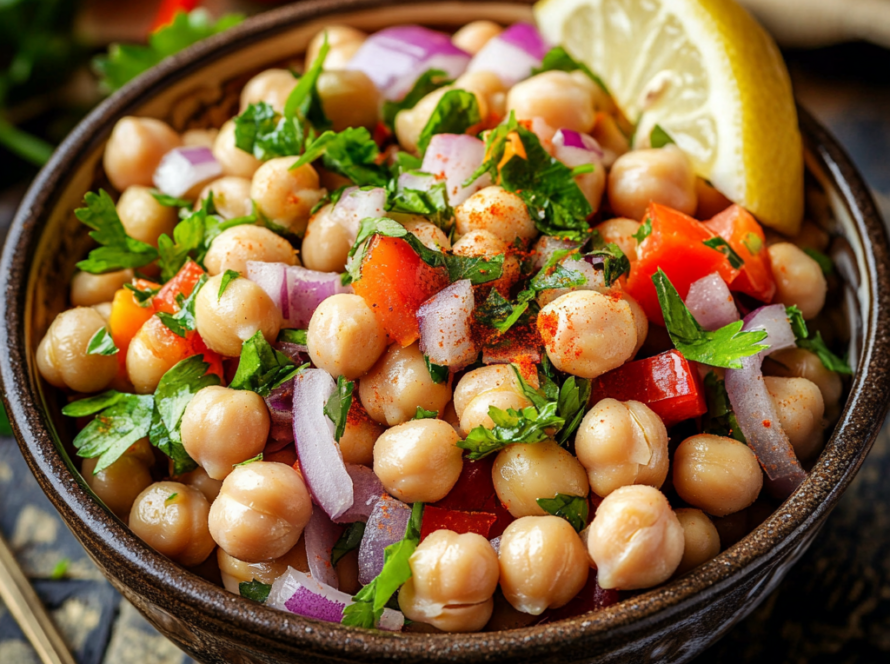The art of gourmet catering has transcended traditional boundaries. It’s no longer limited to regional specialties or classical techniques; it has become an exciting canvas where cultures intertwine, flavors collide, and creativity knows no borders. Cultural fusion in gourmet catering represents more than just mixing cuisines—it’s a reflection of how culinary artistry adapts to evolving palates, diverse guest expectations, and the universal love for food that tells a story.
From lavish wedding banquets to high-profile corporate events, chefs across the globe are embracing fusion gastronomy, turning conventional dining into an experience that engages all the senses. This cultural intermingling celebrates authenticity while daring to reimagine it, bringing together the essence of tradition and the thrill of innovation.
The Essence of Culinary Fusion in Catering
Cultural fusion is not a mere blending of ingredients; it’s the thoughtful integration of culinary philosophies. It begins with respect for the roots of each cuisine and a curiosity to reinterpret them in a new setting. The result is a dining narrative that excites the palate while preserving cultural authenticity.
A Japanese-inspired ceviche, a tandoori-marinated salmon served with French beurre blanc, or a taco filled with Korean bulgogi—each dish becomes a bridge between heritage and modernity. These combinations are crafted not to confuse but to complement, celebrating both the familiar and the exotic in every bite.
In gourmet catering, fusion cuisine demands more than creativity—it requires deep culinary knowledge and technical mastery. A chef must understand the chemistry of flavors, cooking methods, and textures from different regions to ensure harmony rather than chaos on the plate.
The Rising Appeal of Global-Local Pairings
The global palate has evolved significantly, and catering has followed suit. Diners are more adventurous, seeking experiences that transcend cultural boundaries while connecting with local roots. This balance of global and local elements—often referred to as “glocalization” in gastronomy—has become a defining characteristic of modern gourmet catering.
Key Factors Driving This Shift
- Cultural Curiosity: Guests are increasingly open to trying dishes that merge diverse traditions.
- Travel and Exposure: Global travel and media have broadened food awareness, inspiring demand for multicultural menus.
- Ingredient Accessibility: Sourcing international ingredients has become easier, enabling chefs to experiment freely.
- Sustainability: The use of local produce with international influences reduces carbon footprint while enhancing authenticity.
- Personalization: Clients now prefer menus that reflect their cultural identities or international experiences.
Fusion catering, therefore, is more than a trend—it’s a response to the evolving cultural dynamics of dining.
Building Harmony on the Plate: The Art of Blending Flavors
A successful fusion dish relies on balance. It’s not about overwhelming contrasts but finding a seamless harmony between diverse elements. The secret lies in the chef’s understanding of flavor compatibility, texture contrast, and culinary storytelling.
For instance:
- Flavor Foundations: Combining the smoky intensity of Middle Eastern spices with the subtle elegance of French sauces creates depth.
- Texture Play: A crisp tempura with a creamy risotto base provides an engaging sensory experience.
- Temperature Contrast: Cold soba noodles paired with warm truffle-infused broth create an intriguing interplay.
When executed skillfully, fusion dishes elevate catering to an art form, turning each course into a dialogue between cultures.
Global Influences Shaping Modern Gourmet Catering
The most successful fusion menus are born from understanding cultural influences that naturally complement one another. Certain regional cuisines share techniques, flavor profiles, or philosophies that make them ideal for blending.
Notable Fusion Pairings in Modern Catering
- Asian and Latin American: Sushi burritos, miso tacos, and kimchi quesadillas celebrate vibrant, umami-rich contrasts.
- Mediterranean and Indian: Olive oil-based curries, saffron-infused flatbreads, or paneer-stuffed ravioli symbolize the harmony of spice and subtlety.
- Nordic and Japanese: Both cuisines value purity, seasonality, and minimalism, leading to visually stunning and clean-tasting dishes.
- French and Middle Eastern: Rich sauces meet aromatic herbs, resulting in elegant, spice-forward experiences.
- Caribbean and Southeast Asian: Shared tropical elements like coconut, lime, and chili create naturally cohesive flavors.
Each pairing not only highlights creativity but also reflects how cultural narratives can converge beautifully in gourmet catering.
Local Flair: The Soul of Every Fusion Menu
While international flavors add excitement, local ingredients ground the dish in its environment. Incorporating regional produce or cooking styles honors the setting of the event and strengthens the connection between cuisine and community.
A fusion menu that integrates locally sourced seafood, farm-fresh vegetables, and artisanal cheeses allows caterers to highlight sustainability and authenticity. The menu becomes a celebration of both global imagination and local identity.
Ways to Integrate Local Flair
- Seasonal Adaptation: Modify international recipes to match local harvests.
- Regional Pairings: Combine foreign cooking techniques with indigenous ingredients.
- Cultural Storytelling: Include dishes inspired by local festivals or culinary traditions.
- Collaborative Creations: Partner with local farmers and artisans for ingredient inspiration.
This approach not only supports local economies but also personalizes the dining experience, giving guests a sense of place even within a multicultural menu.
Cultural Fusion as a Visual Experience
Presentation plays a vital role in gourmet catering. Fusion cuisine offers a unique opportunity to merge artistic aesthetics from various culinary traditions.
A minimalist Japanese plating style can frame a vibrantly spiced Indian appetizer; a rustic Mediterranean layout can hold a Nordic-inspired seafood dish. Every visual element—from plate choice to garnish placement—tells part of the fusion story.
Chefs often draw inspiration from global art, architecture, and fashion, transforming dining into an immersive cultural performance. The plate becomes a canvas for creativity, where colors, textures, and compositions convey emotion and innovation.
Challenges in Fusion Catering
Creating harmony among global flavors while preserving cultural respect is not without its challenges. The line between innovation and appropriation can be thin, requiring thoughtful execution.
Common Challenges
- Flavor Overload: Too many contrasting elements can overpower the palate.
- Cultural Sensitivity: Recipes rooted in sacred traditions must be adapted with care and respect.
- Ingredient Imbalance: Using unfamiliar ingredients without understanding their behavior can lead to inconsistency.
- Menu Cohesion: Maintaining a unified theme across multiple fusion dishes requires skillful curation.
- Guest Expectations: Not every diner is comfortable with adventurous combinations.
Success lies in research, experimentation, and respect. Fusion should enhance, not distort, the essence of each culture represented.
The Role of the Chef as a Cultural Ambassador
A gourmet caterer engaged in cultural fusion acts as more than a culinary expert—they become a cultural storyteller. The chef interprets flavors, traditions, and emotions, transforming them into edible expressions of unity.
This role demands not only creativity but also empathy. Understanding the heritage behind each dish allows the chef to weave authenticity into innovation. They must balance technical skill with cultural awareness, ensuring that the experience feels both respectful and inspiring.
In many high-end events, chefs now introduce dishes through brief narratives, sharing their inspirations and ingredient origins. This interaction deepens the emotional connection between food and guests, creating a shared appreciation for diversity.
Sustainability and Ethical Fusion
Cultural fusion gains even greater significance when it aligns with sustainability. Incorporating local, organic, and ethically sourced ingredients into globally inspired dishes reflects both environmental responsibility and creative ingenuity.
Ethical fusion encourages mindful sourcing—using regional produce, sustainable seafood, and fair-trade spices to reinterpret international flavors. It demonstrates that creativity and conscience can coexist beautifully in modern catering.
Sustainable Fusion Practices
- Replace imported produce with regional alternatives that offer similar flavor profiles.
- Highlight plant-based elements in traditionally meat-heavy cuisines.
- Use leftover ingredients creatively across multiple courses.
- Prioritize recyclable or biodegradable serving ware for eco-conscious events.
The outcome is not just culinary excellence but also a statement of purpose—proving that gourmet experiences can delight the senses while honoring the planet.
Cultural Fusion in Thematic Events
Event planners and caterers are increasingly designing entire menus around fusion themes. These events celebrate the merging of cultures through every element—food, décor, music, and ambiance.
Examples include:
- Pan-Asian Evenings: A blend of Thai, Japanese, and Chinese influences with coordinated decor and teas.
- Mediterranean Meets Latin: A colorful celebration featuring mezze platters, empanadas, and sangria-infused desserts.
- Indian-French Wedding Feasts: Combining rich curries with delicate pastries, balancing grandeur with sophistication.
- Nordic-Coastal Dinners: Marrying Scandinavian simplicity with local seafood traditions.
The menu becomes part of a cultural experience, transforming an event into an unforgettable journey through flavors and aesthetics.
Innovative Techniques Defining Fusion Catering
Modern gourmet catering thrives on innovation. Technology and culinary science have expanded the possibilities for cultural fusion.
Contemporary Techniques Include:
- Sous Vide Adaptations: Used to perfect textures in diverse global recipes.
- Fermentation Crossovers: Korean kimchi meets European sauerkraut, merging ancient preservation methods.
- Molecular Gastronomy: Adds avant-garde flair to traditional dishes.
- Open Fire and Smoking: Infuses rustic elements into sophisticated fusion menus.
- Flavor Mapping Technology: Helps chefs identify compatible pairings across cultures.
By merging traditional wisdom with modern science, chefs craft dishes that respect history while pushing creative boundaries.
Desserts as a Cultural Crossroad
Fusion desserts often leave the most lasting impression. They embody whimsy, innovation, and indulgence—all while bridging multiple culinary worlds.
Some captivating examples include:
- Matcha tiramisu infused with local honey.
- Churros served with coconut-caramel dip.
- Baklava layered with tropical fruit fillings.
- Gulab jamun cheesecake with saffron glaze.
- Mango panna cotta topped with cardamom crumble.
These creations not only end the meal on a high note but also demonstrate the limitless potential of cultural synergy in gourmet catering.
The Future of Cultural Fusion in Gourmet Catering
As global communication and cultural exchange continue to flourish, fusion cuisine will evolve even further. The focus will likely shift toward authentic hybridity—where chefs collaborate with cultural representatives, historians, and artisans to ensure every fusion dish tells a genuine story.
Technology will play a vital role in ingredient innovation, while sustainability will remain central to menu development. Most importantly, guests will continue to crave authenticity, emotional connection, and creativity on their plates.
The future of gourmet catering belongs to those who can balance cultural respect with fearless experimentation. Each dish will serve not only as nourishment but as a celebration of diversity and unity—a culinary symphony where every note, whether local or global, plays in perfect harmony.
Conclusion
Cultural fusion in gourmet catering is an ongoing dialogue between heritage and imagination. It reflects the ever-expanding boundaries of taste and the universal language of food. Each fusion dish is a story told through flavor—a story of travel, adaptation, and the shared joy of human connection.
By embracing global influences while honoring local traditions, gourmet catering continues to redefine what it means to dine beautifully. It’s not merely about combining cuisines; it’s about weaving cultures together, one exquisite plate at a time.




